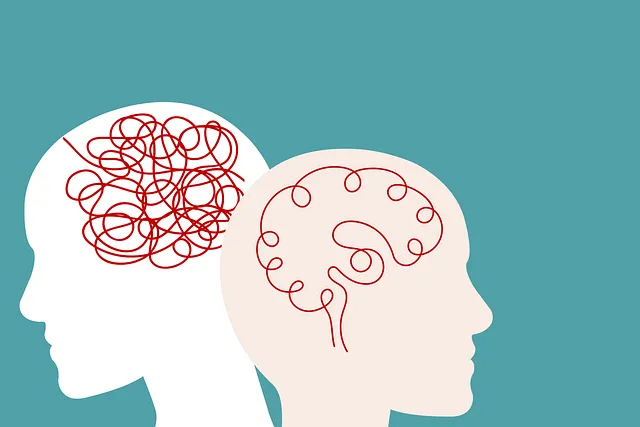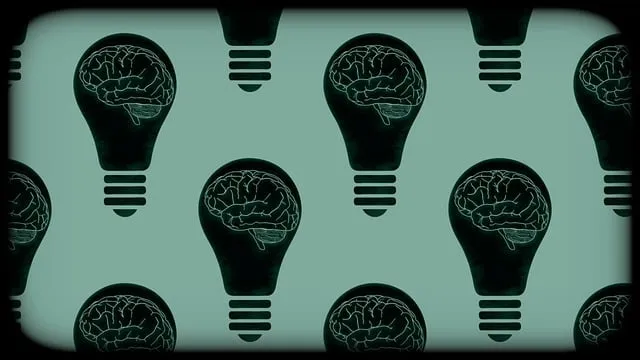The Kaiser Permanente mental health facility in Greenwood Village leads the charge against stigma by implementing various initiatives. These include educational programs, podcasts, advocacy groups, and policy analyses that challenge stereotypes about mental illness. They offer comprehensive care addressing symptoms and social barriers to recovery, empowering individuals with Mood Management techniques. Through community engagement, policy changes, and media representation, Greenwood Village fosters understanding, compassion, and open dialogue, revolutionizing the way society perceives and supports those dealing with mental health issues.
Mental illness stigma remains a significant barrier to seeking help, but efforts to reduce it are gaining momentum. This article explores various strategies aimed at breaking down the walls of stigma, focusing on the successful model of Kaiser Permanente’s mental health facility in Greenwood Village. We delve into educational initiatives, community engagement, policy advocacy, and media representation, highlighting their crucial roles in reshaping public perception and fostering a more supportive environment for those facing mental health challenges.
- Understanding Stigma: Its Impact on Mental Health Seeking
- Kaiser Permanente Greenwood Village: A Model for Change
- Educational Initiatives and Community Engagement Strategies
- Policy Advocacy and Media Representation: Shaping Public Perception
Understanding Stigma: Its Impact on Mental Health Seeking

Stigma surrounding mental illness can have profound effects on individuals’ willingness to seek help, often leading to delays in treatment and worse outcomes. At the Kaiser Permanente mental health facility in Greenwood Village, we recognize that understanding stigma is a crucial first step in its reduction. Stigma not only affects how people with mental illnesses are perceived but also influences their access to care. Many struggle to discuss their symptoms openly due to fear of judgment or loss of privacy, hindering their path to recovery.
Efforts to reduce mental illness stigma often include initiatives like the Crisis Intervention Guidance programs and Mental Wellness Podcast Series Production, which aim to educate communities and foster empathy. Additionally, advocacy groups and policy analyses play a vital role in shaping public understanding through campaigns that challenge stereotypes and promote mental health as an integral part of overall wellness. These collective efforts are essential to creating a supportive environment where individuals can openly discuss their mental health without fear or embarrassment.
Kaiser Permanente Greenwood Village: A Model for Change

Kaiser Permanente Greenwood Village stands as a shining example of how mental health facilities can challenge societal norms and promote healing through innovative approaches. This mental health facility has pioneered stigma reduction efforts, offering comprehensive care that addresses not just symptoms but also the underlying social and cultural barriers to recovery. By integrating Mood Management techniques into its core practices, Greenwood Village empowers individuals to take control of their mental well-being.
The facility’s commitment extends beyond clinical care, encompassing Mental Health Policy Analysis and Advocacy. They actively engage with the community, policymakers, and researchers to shape a more inclusive mental health landscape where individuals can openly discuss their experiences without fear of judgment. Adhering to Mind Over Matter Principles, Greenwood Village encourages resilience and self-belief, recognizing that recovery is a personal journey unique to each individual’s story.
Educational Initiatives and Community Engagement Strategies

Educational initiatives play a pivotal role in stigma reduction by fostering understanding and empathy within communities. The Kaiser Permanente mental health facility in Greenwood Village has pioneered innovative programs aimed at demystifying mental illness. These include workshops that educate the public about various conditions, symptoms, and available support systems. By presenting accurate information, these initiatives dispel myths and misconceptions, creating an environment conducive to compassion and acceptance.
Community engagement is equally vital. The facility encourages open conversations around mental health through community forums, panel discussions, and peer support groups. These strategies promote active participation, where individuals share their experiences, learn from one another, and develop effective communication and conflict resolution techniques. Moreover, emotional intelligence is cultivated through interactive sessions, helping individuals recognize and manage their emotions more effectively, thereby reducing stigma associated with seeking help.
Policy Advocacy and Media Representation: Shaping Public Perception

Policy Advocacy and Media Representation play a pivotal role in shaping public perception about mental illness. Organizations like Kaiser Permanente’s mental health facility in Greenwood Village serve as beacons, demonstrating effective treatment and care models. By engaging in Mental Health Policy Analysis and Advocacy, these institutions lobby for legislative changes that reduce stigma and improve access to mental health services. Public Awareness Campaigns Development initiatives leverage media platforms to educate the public about various mental health conditions, dispelling myths and promoting understanding. Additionally, focusing on Stress Management as a key component of holistic care empowers individuals to recognize and address early signs of mental distress, fostering a culture of open dialogue and support.
Stigma reduction efforts play a pivotal role in improving mental healthcare accessibility. By learning from innovative models like the Kaiser Permanente mental health facility at Greenwood Village, and leveraging educational initiatives, community engagement, policy advocacy, and media representation, we can create a more inclusive society that supports those facing mental health challenges. These strategies collectively contribute to shifting public perception, fostering understanding, and ultimately reducing the barrier to seeking much-needed treatment.






